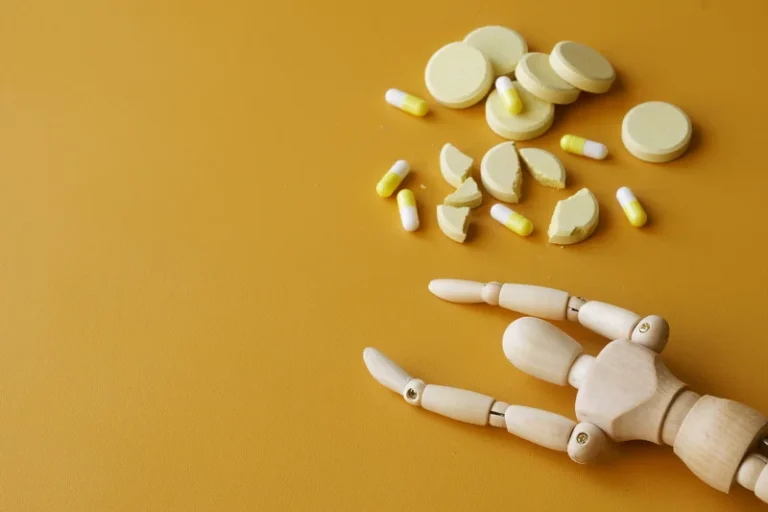
A quick “no, thank you” can be an effective way to set a boundary between yourself and those who may urge you to drink. In other situations, constant peer pressure to drink can be a cue to exit a situation early, and a sign that you should reevaluate who you’re hanging out with, or where you’re getting together. A “no” can also be communicated as an “instead of.” Instead of hanging out at a bar, why not take up another type of social activity? It allows you to define what you value from relationships with others, while you’re adjusting your relationship with alcohol.
Alcohol Increases Risk of Developing Breast Cancer
If we imagine the conversation about alcohol’s health effects as a football field, the consensus covers 95 yards of the 100-yard field — almost all the way to the goal of general unanimity. We all agree heavy drinking is bad, but the fight remains on the issue — the remaining five yards — of whether light drinking is truly bad and that is still being debated. Once you are having more than two drinks a day if you’re a man or one drink a day if you’re a woman, pretty much every researcher agrees that the health risks warrant trying to cut back. Scientists have theorized that the antioxidants in red wine could play a role in reducing cholesterol, for example. But it’s not just the physical impacts of excessive drinking which causes problems. While we are definitely not anti-alcohol for people who can drink moderately, one thing we can be sure of, is that for an alcoholic, there is no such thing as moderate or safe drinking.

What is a moderate amount of alcohol?
It’s suggested to drink a glass of water in between each alcoholic beverage you consume to help counteract the dehydrating effect booze can have. Plus, when you’re drinking water, you’re not drinking alcohol, which is a healthy way to monitor your intake and create more balance within your body. Establishing a healthy relationship with alcohol means something different for everyone. Some people make the choice to change their drinking habits over time without seeking treatment. Others may need additional support in order to drink in moderation or stop drinking entirely. Once you have enough data, you can identify a “magic number” drug addiction of your ideal number of drinks, or your “drinking sweet spot”.
If you think you might be drinking too much, ask for help.
- Through understanding the different ways ‘drinking in moderation’ can look, you can decide how you’d like that to look for you.
- Say you’re a moderate drinker but find you’re starting to drink more than usual.
- And that means even people whose drinking is considered socially acceptable need to be aware of the threats it poses to their health.
- By following this marker of moderate drinking, you can mentally take note and pace yourself when alcohol is involved.
In the U.S., alcohol is implicated in about half of fatal traffic accidents. 1 Heavy drinking can damage the liver and heart, harm an unborn child, increase the chances of developing breast and some other cancers, contribute to depression and violence, and interfere with relationships. Sometimes, abstaining from one of the world’s most common pastimes is the best way to go. Refraining from alcohol can help you reset mentally, reduce your caloric intake, improve your sleep patterns, and make you feel all around better.
- 3 Each delivers about 12 to 14 grams of alcohol on average, but there is a wider range now that microbrews and wine are being produced with higher alcohol content.
- It’s important to meet yourself where you are and make small steps towards healthier practices from there.
- If a connection is what you’re after, choose an environment where your mood or personality isn’t altered by heavy drinking.
- For example, many beers are about 5% alcohol, but some have higher percentages of alcohol.
- But if you find that your log shows nearly all “E”s then welcome this as good information not only as an estimate of your drinks but also as information about your current observation skills or style.
- The actual count, when considering deaths to which alcohol was at least a contributor, such as cancer in heavy drinkers, is more difficult to quantify but likely much higher.
- We all agree heavy drinking is bad, but the fight remains on the issue — the remaining five yards — of whether light drinking is truly bad and that is still being debated.
- By reframing your drinking target as a “magic number” that is about your pleasure rather than as a “limit,» many people are able to embrace alcohol moderation as a friend rather than a foe.
- If you want to keep your alcohol consumption in the moderate zone, add drinks to this list.
- One attempt to stand up a randomized alcohol study, which was to be overseen by Kenneth Mukamal of Harvard, was shut down in 2018 because the alcohol industry had provided improper input on the study.
Depending on the drink and your taste preference, you can also add fresh fruit juice. The adequate intake is 15.5 cups (3.7 liters or 125 ounces) for average men and 11.5 cups (2.7 liters or 91 ounces) for average women. How you choose to consume these 125 or 91 ounces of fluid is up to you.

How to Drink in Moderation: Easy Tips for Drinking Less

Share your challenges and questions with other people who are navigating sobriety or moderation. Monument also provides therapist-moderated online alcohol support how to drink moderately groups on a range of topics, including navigating moderation. With Monument, you can feel empowered to make progress on your own terms, while knowing you have a holistic support network cheering you on. If drinking less or less often than you typically do is something you’re committed to, pull out a pen and paper and write down some concrete goals for yourself. This provides you with the opportunity to create a plan that feels good to you and increases your accountability to those goals.
- This analysis, which Naimi co-authored, found possible statistical errors and other countervailing factors in the earlier studies that appeared to support the French paradox’s framework.
- Monument also provides therapist-moderated online alcohol support groups on a range of topics, including navigating moderation.
- For example, the risk of breast cancer increases even at low levels of drinking (for example, less than 1 drink in a day).
- Some past studies had suggested that moderate drinking might be good for your health.
- The Internet Remembers was a campaign developed to encourage young Australian drinkers to adopt a responsible attitude towards alcohol.
But over the past decade, new studies and public health warnings have called that conventional wisdom into question, stating emphatically that no level of alcohol consumption could be considered safe — much less beneficial. Most people who drink too much don’t think there is anything wrong with how much they drink. But how do you define moderate drinking and is it as healthy as people say it is? We breakdown the myths, the actual facts and how to stay in control. In another DrinkWise research with young adults4, high-risk behaviour was still of concern, despite shifting attitudes towards moderation.

Mixed drinks are deliciously sweet, and while their taste makes them desirable, their sugar levels make them some of the most unhealthy boozy beverages you can consume. According to Livestrong, a margarita contains 400 calories, a long island, 425, a white Russian, 500, a piña colada is a whopping 600 calories. You can easily clock in a couple days’ worth of calories in one night when ordering these high-calorie, high-sugar concoctions. Instead, go neat or mix with water, soda water, or opt for a glass of wine. If your friend group, family, or work colleagues frequently enjoys happy hours, nights out, and other alcohol-centered activities, it can be a struggle to try and cut down. Most people will completely understand your pursuit of new drinking habits and offer their support.

